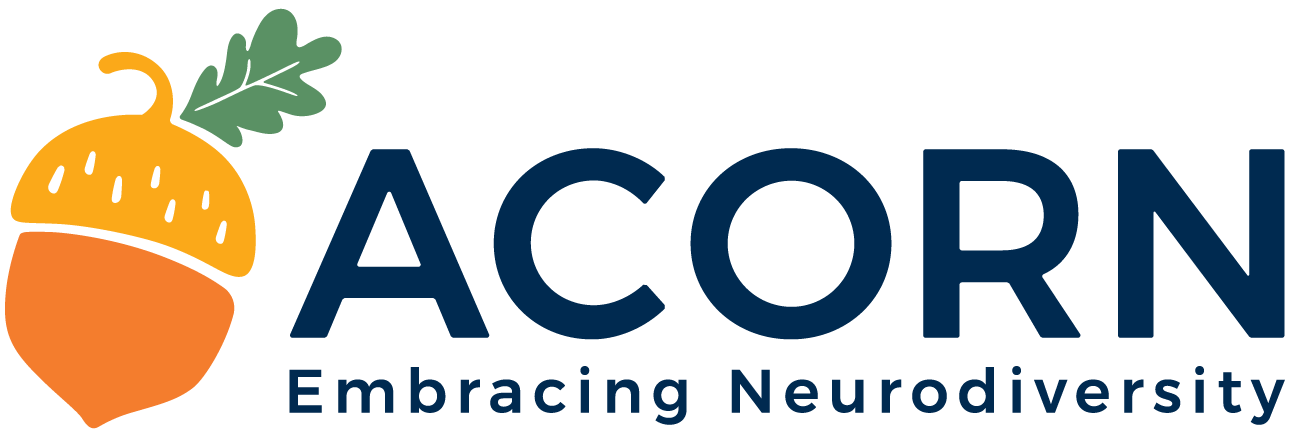
What is Autism?

Takiwātanga - “in their own time and space.”
Takiwātanga or Autism, is a neurodevelopmental condition affecting areas such as communication, social and sensory processing. In other words, it affects how an autistic person communicates and relates to others, as well as how they experience and interact with the world around them. Because of the varied ways that autism can present, Autism Spectrum Disorder (ASD) is the diagnostic term used to describe the range of traits and characteristics. This means that there are many differences between one autistic person and another - no two autistic people are the same.

Autistic students across the age span bring a unique perspective to the classroom. Many of our autistic tamariki have a strong sense of justice and the tenacity to tackle an issue that they care about. Greta Thurnberg is a great example of this singular focused passion which has enabled her to change the world. Often autistics can focus on a topic of interest for much longer and deeper than a neurotypical person might. Many autistic students will be deeply empathetic and loyal as well. Their unique way of seeing the world can lead to ingenuity and innovation and seeing solutions that neurotypical people do not.
Autistic children at school
A teacher in an early childhood centre might notice that the child plays with toys and objects differently. The child might seem unaware of or uninterested in the other children. An autistic child might also have delays in their language development. They may have meltdowns that look like tantrums or may seem irritable or avoidant of certain activities due to underlying challenges with understanding the expectations, communication or sensory experiences.

In primary school, autistic students may struggle with the busy environment and social demands. When they are anxious or uncomfortable, they may appear to be controlling. Autistics’ literal and black & white thinking can make them quite inflexible which can be mistaken for defiance. They may play and work alone or have a couple of like-minded peers that they like to be with. Many autistic children are very keen to share their knowledge and may like to go deep with a particular topic, which can make it hard to shift gears sometimes, but is an incredible strength to be celebrated. Transitions, particularly chaotic transitions in and out of class, can be challenging. Young autistic students may struggle to regulate their emotions when they experience stress.
In intermediate and secondary school, the social expectations and norms become more and more subtle and sophisticated which can be confusing for autistic young people. They may not understand why their usual ways of making friends aren’t working anymore and struggle to fit in. Their black-and-white thinking can also make more abstract academic work frustrating. Autistic students may also have weaknesses in executive functioning and a low tolerance for boredom which can make completing tedious work challenging.
The high school years are when autistic teens can be vulnerable to bullying and to mental health issues like anxiety and depression related to feeling different and not belonging, or from feeling like they need to mask their differences to fit in.





